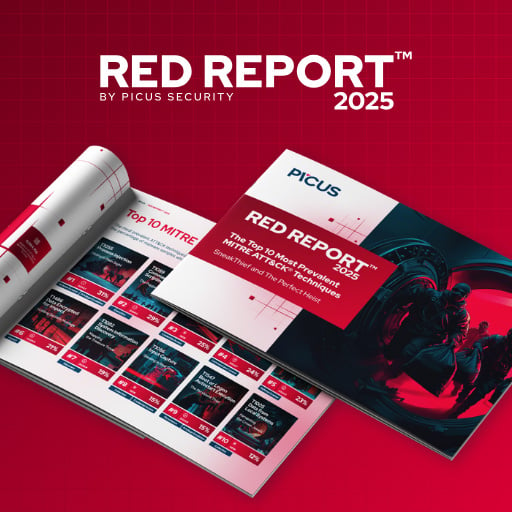Inteligência Against Invaders
O Judiciário Federal dos EUA confirma que sofreu um ataque cibernético em seus sistemas eletrônicos de gerenciamento de casos que hospedam documentos judiciais confidenciais e está fortalecendo as medidas de segurança cibernética.
A organização afirmou que, embora a maioria dos documentos no sistema seja pública, certos arquivos lacrados contêm informações confidenciais que agora são protegidas com controles de acesso mais rígidos destinados a bloquear hackers.
“O Judiciário federal está tomando medidas adicionais para fortalecer as proteções para documentos de casos confidenciais em resposta aos recentes ataques cibernéticos de natureza sofisticada e persistente em seu sistema de gerenciamento de casos”, lê o anúncio.
“O Judiciário também está aumentando ainda mais a segurança do sistema e bloqueando futuros ataques, e está priorizando o trabalho com os tribunais para mitigar o impacto sobre os litigantes.”
A agência também sublinhou que os ataques cibernéticos aumentaram em volume e sofisticação em entidades públicas e privadas, e a proteção de sistemas legados está ficando cada vez mais desafiadora.
Esta declaração veio em resposta a um relatório do Politico no início desta semana, que alegou que havia ocorrido uma violação no sistema de gerenciamento de casos do sistema judicial dos EUA, expondo informações confidenciais, incluindo as identidades de informantes confidenciais.
O Politico afirmou que a violação afetou vários distritos federais, afetando diretamente o CM/ECF e o PACER, que é a espinha dorsal do gerenciamento de documentos do tribunal federal.
De acordo com fontes anônimas que forneceram essas informações, o Judiciário tomou conhecimento da gravidade total do incidente em 4 de julho de 2025, e um briefing relacionado se seguiu sem fazer nenhum anúncio público sobre isso.
O anúncio do Judiciário Federal dos EUA não chega a confirmar diretamente uma violação de documentos confidenciais no PACER, embora implique fortemente que ataques persistentes podem tê-los comprometido.
Especificamente, a menção da agência de trabalhar em estreita colaboração com os tribunais para mitigar o impacto sobre os litigantes implica que suas informações foram afetadas.
O BleepingComputer entrou em contato com o Judiciário Federal dos EUA e também com o Departamento de Justiça dos EUA perguntando sobre as alegações feitas no relatório do Politico, mas fomos direcionados para a declaração publicada.
